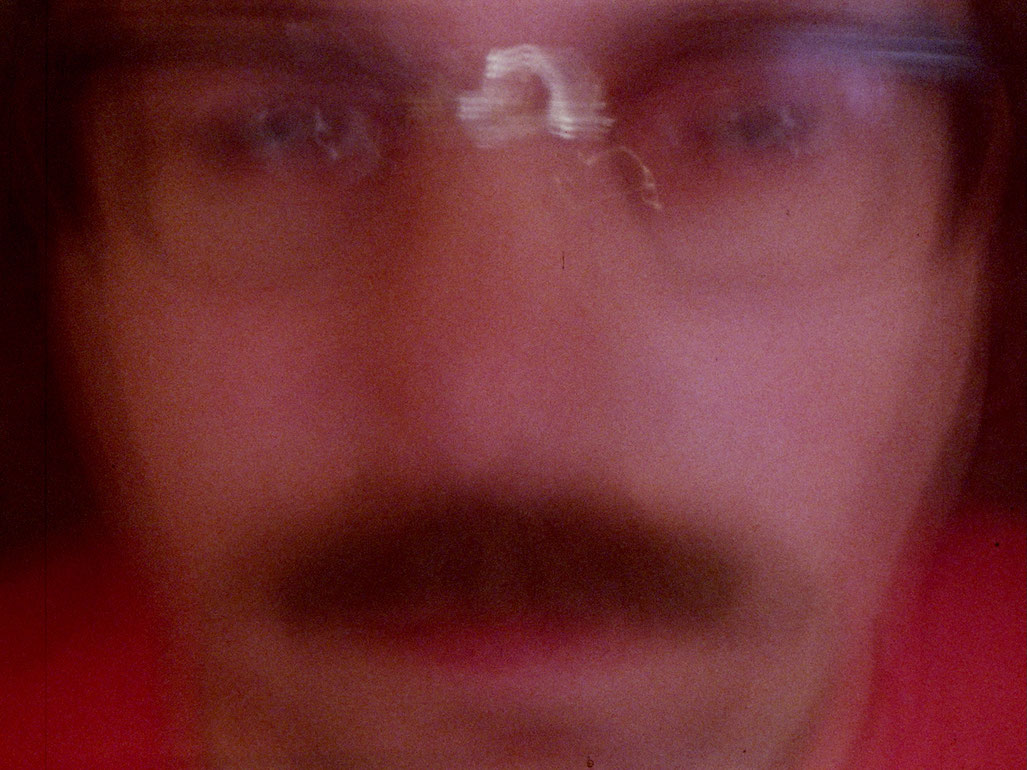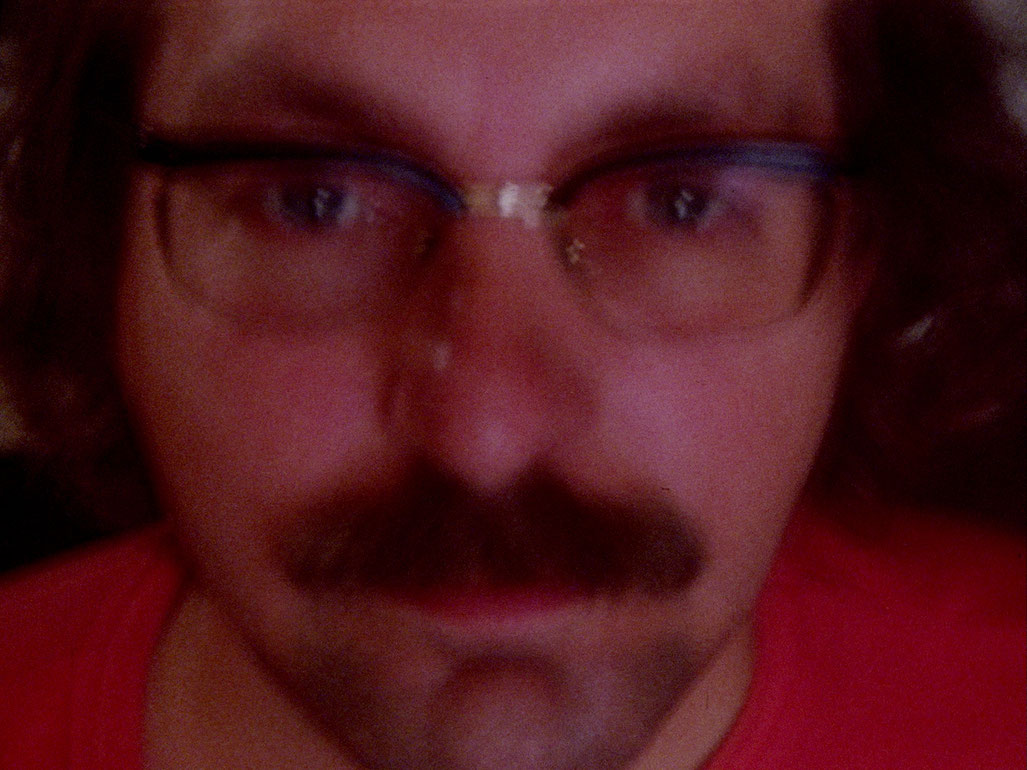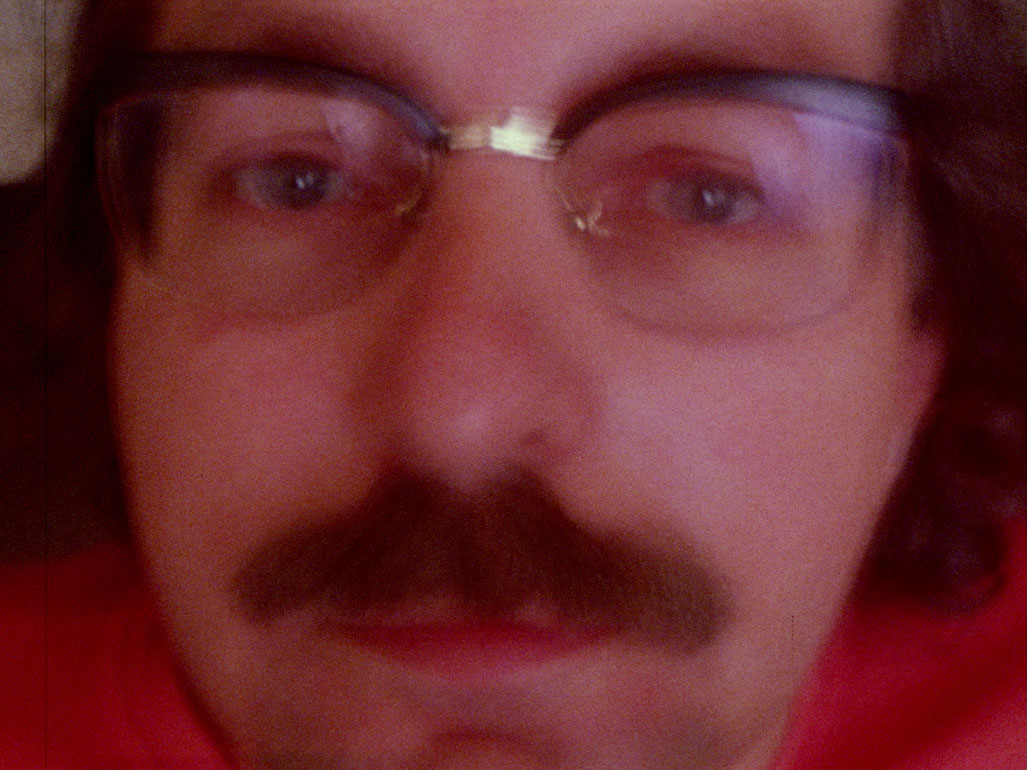28/73 Time Exposure(s) 28/73 Recording(s) of Time
The processing and dealing with the smallest units of movement in film, namely the single-frame, is one of the things that confronts us over and over again in Kren´s pieces. This privilige given to the single frame, inevitably leads to a new bodily behavior within the flow of time. In 28/73 Zeitaufnahme(n) (28/73 Recording(s) of Time) Kren "saves" Hans-Peter Kochenrath´s face from its temporal bindings through the use of single-frames. This method composes a wild, vibrating "unbound" mass, a new form of a moving portrait, which then paradoxically, does not care about the moment anymore, because it is comprised of momentary recordings itself.
(Michael Palm: "Which Way? Drei Pfade durchs Bild-Gebüsch von Kurt Kren," in:(ed.) H. Scheugl, Ex Underground Kurt Kren. Seine Filme, Vienna 1996)
28/73: Zeitaufnahme(n), a film which has a striking relationship to a Giacometti portrait (I would cite Giacometti as the clearest example of a contemporary structuralist painter). Kren´s preparatory drawings for the shooting of this "portrait head" film show how he sees filmic space as a result of the interaction between various focal lengths of lens, the minimally changing camera position and the rates of change of both. Sections of the film have successions of single frame shots made with small changes of viewpoint, and other sections superimpose viewpoints on each other. In the film, the transparent, vibrating head defines its space/time image as a function of the filming procedure. As in Bäume im Herbst, it is the nature of the relations established between the separate "shots" (significantly different in kind to montage relations through editing) which determine it as a structural homologue. In a sense, what is represented in these films is not the trees or the head (as Lévi-Strauss´ "substance"), but instead the space/time relations of the film viewing and shooting process (as "functions"). Objects are seen as an amalgam with their space and especially with their time as the process of their accessibility through acts of perception. So again, what is "represented" in the films is not a tree or a head but a filmic art of perception. It is also not represented in the sense that the film becomes a description, expression or even model for the generalized act of perception existing prior to the "representation." The films are acts of perception taking place under particular constraints of procedure and medium - acts of film-perception. The result of this activity is a genuinely new "object" (the film being Barthes´ second tense of structuralist activity) wherein certain "postulates" of time/space procedure have been added to the "natural object". (Barthes´ first tense of structuralist activity).
(Malcolm Le Grice, Kurt Kren´s Films, in: Structural Film Anthology, London 1978)
Thomas Korschil zu 28/73 Zeitaufnahme(n) von Kurt Kren
Im klimaktischen Mittelteil führen Krens Handkamerabewegungen zu einem Verwischen der Konturen und einem hohen Grad der Abstraktion: Materie, Gegenständliches, der abgebildete Kopf werden in lebendige Lichtenergie verwandelt. Zuweilen glaubt man wie bei Rischart Mehrfachbelichtungen wahrzunehmen, was die Untersuchung des Streifens nicht bestätigen kann. Noch mehr als bei Krens Selbstportrait beruht hier die Kraft des Films auf der handbewegten Kamera, auf der gleichsam in jeden einzelnen Kader hineingelegten Bewegung.
(Thomas Korschil: Die ersten, die letzten, soweit, in: Hans Scheugl (Hrsg.), Ex Underground. Kurt Kren. Seine Filme, Wien 1996)



